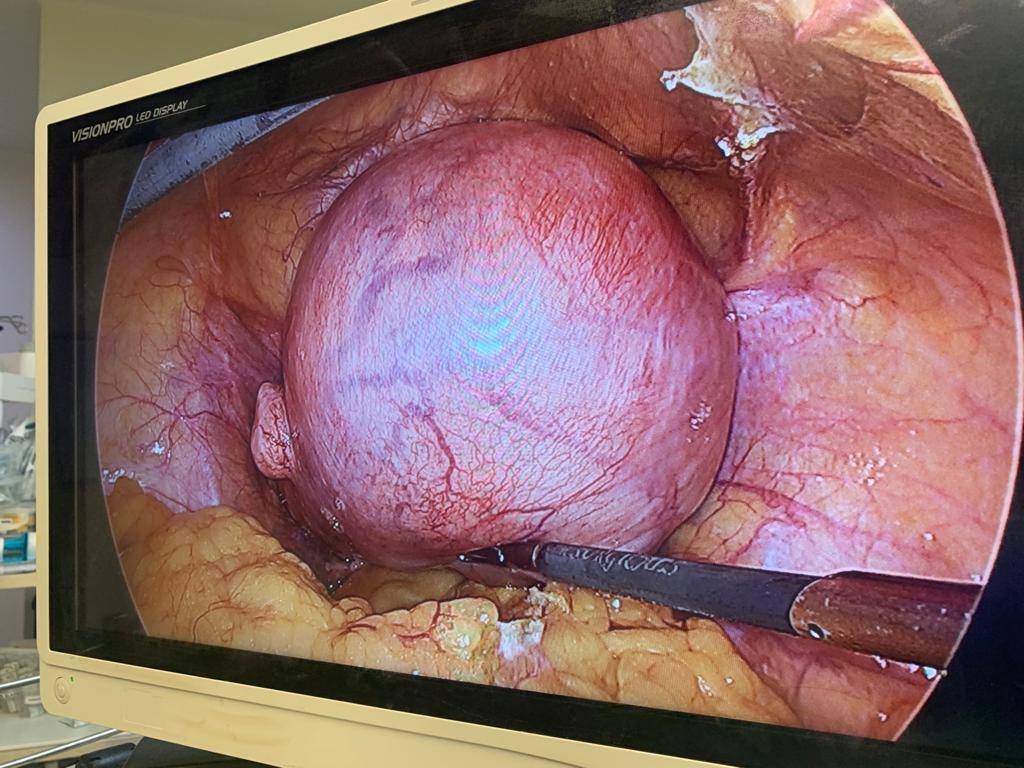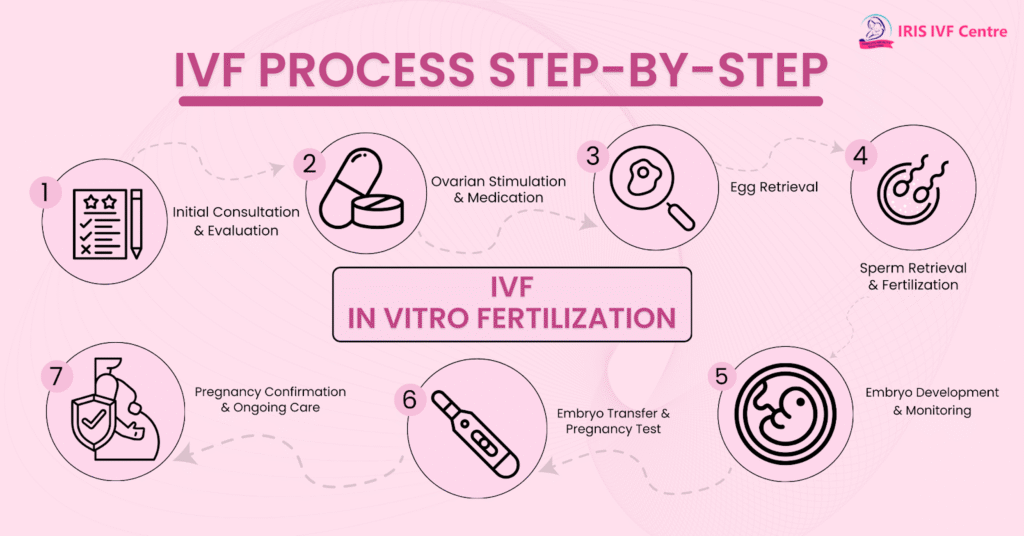Laparoscopic Myomectomy: The “Keyhole” Solution to Fibroids
Introduction: Heavy periods. Debilitating pain. Worrying about your fertility. Uterine fibroids are a heavy burden. And the thought of surgery? It’s terrifying. You imagine a huge cut. You picture a long, painful recovery. So, you feel stuck. You want relief. But you fear the solution. What if there was a better way? A true game-changer? There is. It’s called Laparoscopic Myomectomy. This is advanced, minimally invasive fibroid removal. I’m Dr Supriya Mahajan, a specialist in this exact laparoscopic surgery in Thane. Women get their lives back without the large scar. Let’s talk about it. Section 1: What Are Fibroids? So, let’s start at the beginning. This surgery treats uterine fibroids. What are they? They are non-cancerous growths. They grow in or on the uterus. Think of them as unwanted guests. Guests who are causing problems. What kind of problems? Heavy, painful periods. The kind that ruins your plans. Also, pelvic pain. A constant, dragging feeling. And for many, infertility. Or even repeated miscarriages. These fibroids can be tiny. Or they can be very large. They are a very real problem. And they are extremely common. The Goal: What is a “Myomectomy”? So, what is a “myomectomy”? It is a beautiful, precise surgery. Here is the core concept. The goal is fibroid removal only. That’s it. We take out the “unwanted guests.” But we leave the “house.” Your uterus stays intact. It remains healthy. This is the most important part. This is not a hysterectomy. A hysterectomy removes the entire uterus. A myomectomy does not. Therefore, this is a fertility-sparing surgery. It is the solution…for women who want relief…and also want the option of pregnancy. It is about giving you back control. Section 2: The 3 Paths to Fibroid Removal So, how do we get these fibroids out? It is not one-size-fits-all. The right path depends on your fibroids. Where are they? How big are they? How many are there? We have three main approaches. Let’s compare them. Abdominal Myomectomy (The “Traditional” Path): This is the “classic” open surgery. It is a very effective operation. Here, we make one large incision. Think of a C-section cut. Through this cut, we access the uterus. And we remove the fibroids. We use this path for very large fibroids. Or when there are many fibroids. It gets the job done. But it is major surgery. So, the recovery is longer. The hospital stay is longer. And the scar is larger. It is the most invasive option. Hysteroscopic Myomectomy (The “No-Cut” Path): Now, this path is totally different. It’s called Hysteroscopic Myomectomy. With this method, there are no cuts on your belly. At all. Instead, we work through your vagina. We pass a very thin tool… …called a hysteroscope… …through your cervix. And directly inside your uterus. This tool has a tiny camera. It lets us see the fibroid. Then, we use it to shave the fibroid away. The recovery is incredibly fast. But, there is a catch. This only works for specific fibroids. The ones inside the uterine cavity (submucosal). Laparoscopic Myomectomy (The “Keyhole” Path): And this brings us to the “keyhole” path. This is Laparoscopic Myomectomy. This is the advanced, modern approach. And it is my speciality here in Thane. Here, we make tiny incisions. Just a few small cuts. (Often less than one centimetre each!) We pass a tiny high-definition camera… …and specialised, long, thin tools… …through these keyholes. We then remove the fibroids carefully. This method is a true game-changer. It is minimally invasive. It is precise. And the benefits are huge. Section 3: The Spotlight: Why Choose Laparoscopic Myomectomy? So, why choose this path? This is the most important part. The benefits for you, the patient, are huge. First: Less Pain. A lot less pain. Tiny cuts simply hurt less than a big one. Second: Minimal Scarring. You avoid one large, horizontal scar. Instead, you have a few tiny marks. These fade very quickly. Third: Faster Recovery. This is the true game-changer. You heal in days, not weeks. You get back to your life. Back to your job in Thane. Back to your family. Fourth: Shorter Hospital Stay. You often go home the same day. Or the very next day. Finally: Less Blood Loss. The procedure is just so precise. Who is the Ideal Candidate for This Surgery? Now, is this path right for everyone? It is an amazing option. But it depends on your fibroids. Specifically, their location. Remember the “no-cut” hysteroscopy? That path is for fibroids inside the womb. This “keyhole” path is different. It is perfect for fibroids that are on the outside of the uterus. (We call these “subserosal.”) And for fibroids…that are within the muscle wall. (We call these “intramural.”) The size and number also matter. This is why you need an expert consultation. We must “map” your fibroids. Then, we choose the safest, best path for you. This is my expertise in Laparoscopic Myomectomy in Thane. Section 4: How Long Does Laparoscopic Myomectomy Surgery Take? This is a very common question. So, how long is the surgery? The truth is, it varies. It is not a set time. It completely depends on your fibroids. How many fibroids do you have? How big are they? And where are they located? A simple procedure might take an hour. Or maybe two. A very complex case… …with many large fibroids… …might take three or four hours. This is not a race. Goal is precision & safety. Your Gynaecologist focuses on careful removal. And, most importantly, on perfect stitching. This ensures your uterus is strong. That takes time. The Recovery Timeline: Getting Back to Your Life This is the best part. This is the “keyhole” advantage. Your recovery is fast. It is not like traditional surgery. So, here is a realistic timeline. First, your hospital stay. It is very short. You will likely go home, perhaps the next day. That’s it. Now, what about getting back to life? You will be walking around quickly. What about
Laparoscopic Myomectomy: The “Keyhole” Solution to Fibroids Read More »






